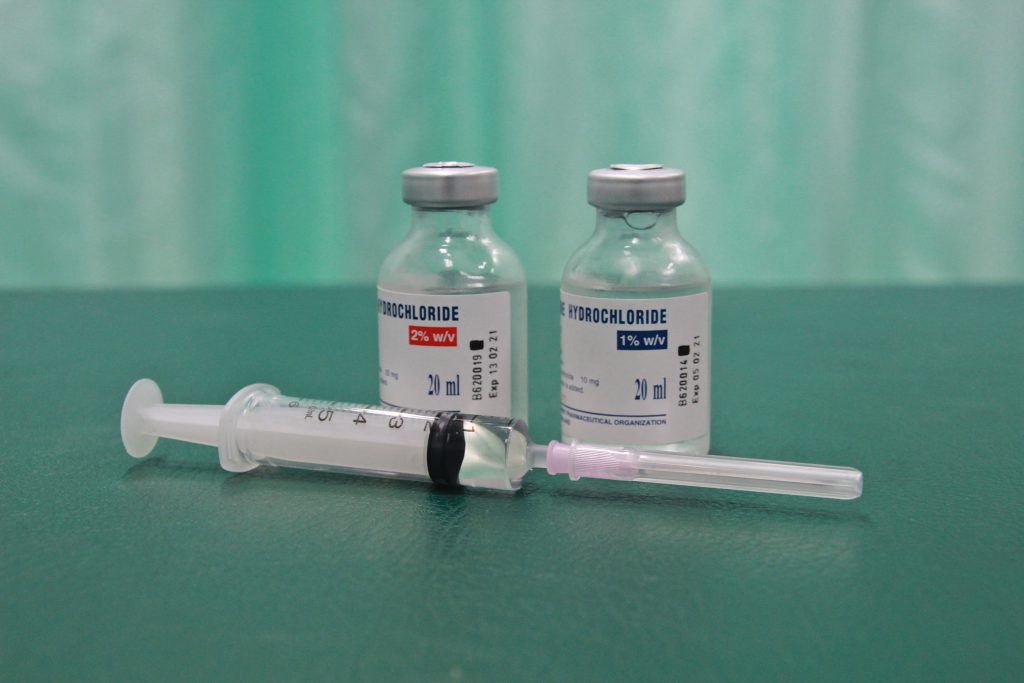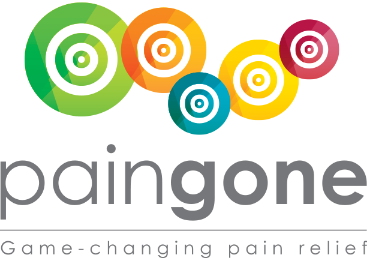
May 20, 2021
Paingone
Twenty Percent of Americans Suffer from Chronic Pain
The results of a recent study at Brigham and Women’s Hospital confirm that one in five adults in the United States suffers or has suffered from chronic pain. The study, based on results of a National Health
Interview Survey by the CDC reveals that over 50 million adults suffer from some form of chronic pain, leading to an estimated loss of productivity, costing almost $300 billion annually. Individuals suffering from chronic pain lose three times as many workdays as those who do not experience chronic pain.
R. Jason Yong, MD, MBA, medical director of the Pain Management Center at the Brigham, explains that, given the impact of chronic pain on Americans, “we see that a multimodal, multidisciplinary approach to treating pain is even more important than what we have been emphasizing over the past few decades. Pain medicine is relatively young as a field, and it encompasses specialties including emergency medicine, anesthesia, psychiatry, neurology, physiatry, and radiology. We need all of the tools in our armamentarium to treat patients suffering from chronic pain.
Chronic Pain is on the Rise with Every Generation
The latest issue of the journal Demography published the results of a comprehensive study that reveals Americans are suffering more chronic pain than previous generations. The results indicate that chronic pain is worse than previously imagined and is a significant public health crisis that isn’t limited to one age group or demographic. Comparing various age groups against their counterparts in previous generations indicates that chronic pain has increased in both severity and frequency across all age groups.
Hanna Grol-Prokopczyk, associate professor of sociology, College of Arts and Sciences at Mount St. Vincent University, and chronic pain expert, explains, “We looked at the data from every available perspective, including age, gender, race, ethnicity, education, and income, but the results were always the same: There was an increase in pain no matter how we classified the population.”
According to the study, chronic pain has a more significant impact on Americans than diabetes, cancer, and heart disease combined. Possible reasons for the increase in chronic pain, particularly in younger individuals, are higher stress levels in daily life, hypertension, and sedentary lifestyles. According to Grol-Prokopczyk, pain is now a major cause of disability that affects the quality of life and may impact life expectancy.
New Study Shows Reduction in Post-Surgery Opioid Prescribing Leads to Patient Satisfaction
The Journal of the American College of Surgeons reported this week that new prescribing guidelines have dramatically reduced the number of opioid-based pills prescribed by physicians following major surgery. The study revealed a 90% or more patient satisfaction rate and increased compliance with appropriate disposal of unused medications.
“We previously showed in 2017 that for mainly outpatient operations, patients were being prescribed more opioids than they used,” explained lead investigator Richard Barth Jr., MD. “Patients used only about one-fourth of their opioids.”
Barth recommended that surgeons decrease prescribed opioids whenever possible. He mentioned that as a result, most patients used only about half of their medication while remaining happy with the level of pain relief achieved.
Prescription Lidocaine and Bupivacaine Injections Recalled by Manufacturer
Drug manufacturer Hospira has recalled lots of both bupivacaine hydrochloride injection and lidocaine hydrochloride injection because the labels were incorrect. The effects of the mislabeled pain injections could cause moderate to severe adverse events. The switched labels could lead to patients overdosing on bupivacaine or suffering from inadequate pain relief if they receive lidocaine instead of bupivacaine. More concerning, there is a potential for failure of surgical anesthesia.

Symptoms of bupivacaine overdose include low oxygen or elevated carbon dioxide levels in the blood, seizures, heart abnormalities, irregular heartbeat, decreased heart rate, cardiac arrest, high body acid levels, and cardiac arrest.
For details and lot numbers affected by the recall, refer to the FDA website’s Hospira recall announcement.
Study Indicates Possible Cellular Pathways for Chronic Migraine Relief
As with many forms of chronic pain, chronic migraine is often resistant over time to traditional and alternative forms of treatment. Current forms of treatment come with various side effects that range from mildly annoying to potentially damaging. A recent study at the University of Illinois in Chicago suggests that current therapies may not be targeting the source of chronic migraine pain. The study, entitled, Neuronal Complexity is Attenuated in Preclinical Models of Migraine and Restored by HDAC6 Inhibition,” has an intimidating title but a surprisingly simple solution to chronic migraine pain.
Aminah Pradhan, senior researcher and professor of psychiatry explains that the body’s process for directing and rerouting connections between nerves is crucial to nervous system disorders such as chronic pain, addiction, and depression. Neural plasticity, the ability of each nerve cell to change in response to its environment, is affected by varying levels of HDAC6, a compound in the body that inhibits the neural plasticity of cells.
By decreasing levels of HDAC6, neural plasticity is restored, and chronic pain levels drop, sometimes dramatically. Pradhan suggests that HDAC6 inhibitors may be a new therapeutic treatment for chronic migraine that “resets” the brain to a pre-migraine state and breaks the pain cycle.
The body also seems to be more responsive to other pain treatments when HCAC6 levels are reduced. There are currently other trials underway focusing on how reduced HDAC6 levels may improve outcomes for other forms of chronic pain.
Chronic Pain Worse During the Pandemic
The isolation of the pandemic, particularly during lock-down and shelter at home periods, has contributed to an increase in chronic pain for many people, according to a May 9 Washington Post article. The article reported that a survey by the American Chronic Pain Association revealed that almost half of those surveyed said that both pain levels and stress had increased during 2020.
The combination of less human interaction, less opportunity to exercise, and reduced access to pain treatments (including acupuncture, massage, and biofeedback), physicians, and physical therapists all contributed to worsening chronic pain in those isolated by the pandemic. Many individuals reported that their pain not only went unalleviated but increased to more than pre-Covid levels. Doctors working with chronic pain patients stress the importance of getting a Covid-19 vaccine so that individuals can return to pre-pandemic levels of activity and slowly increase social activities and find alternative pain relief strategies that work at home.
Is Paingone helping your patients and your practice?
Tell us your success story.
A robust retail strategy is essential to growing your practice.
You only have so many hours a week available for appointments. The fastest way to increase your bottom line is to incorporate profitable products that generate repeat business and build your reputation as a medical professional. That’s where Paingone comes in.
Contact us below to learn more about our products, wholesale pricing and how Paingone can benefit your practice.

